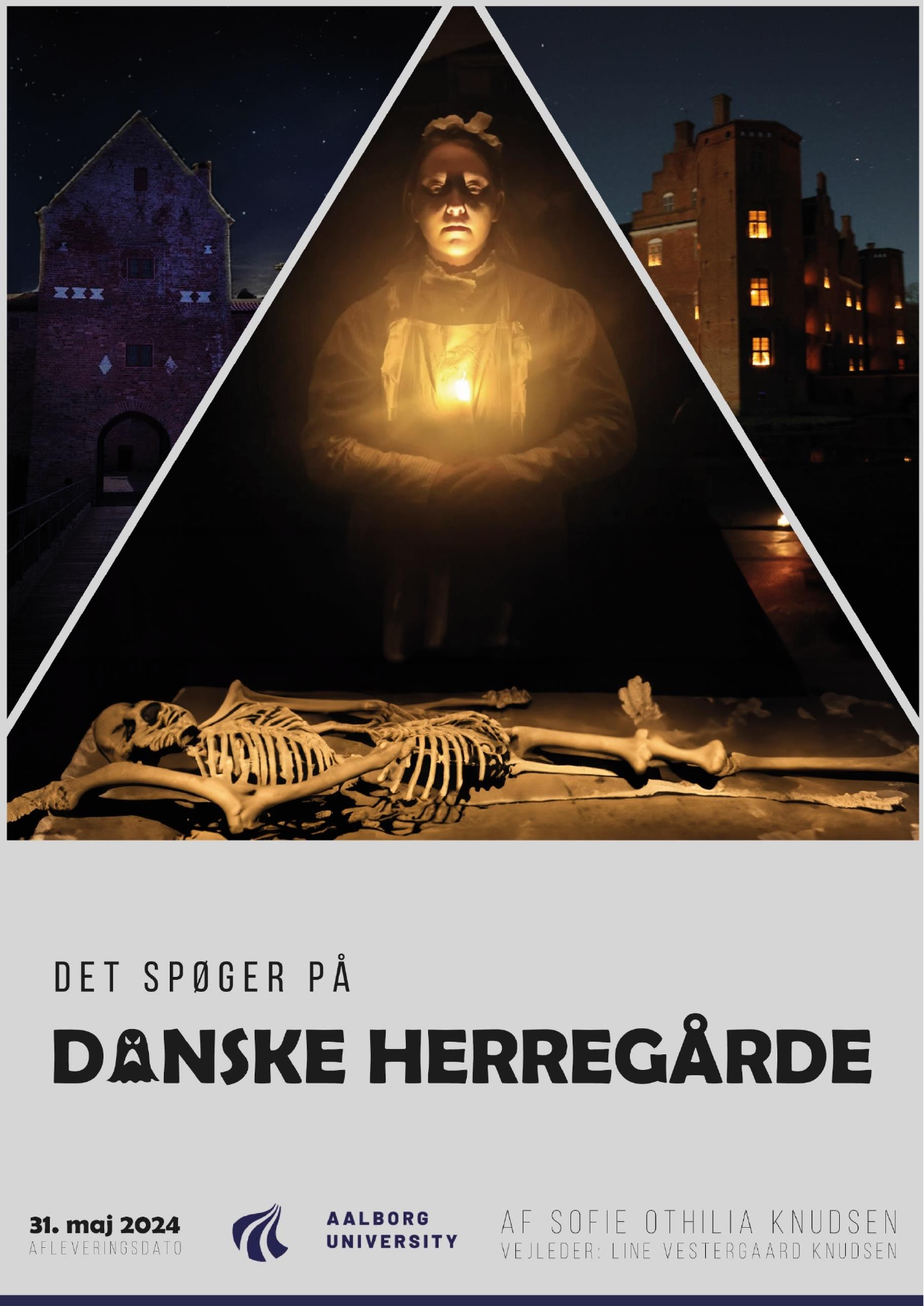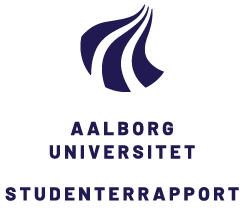
Det spøger på danske herregårde
Oversat titel
The Haunting of Danish Manors
Forfatter
Semester
4. semester
Uddannelse
Udgivelsesår
2024
Afleveret
2024-05-31
Antal sider
79
Abstract
Specialet undersøger, hvordan Gl. Estrup, Spøttrup Borg, Voergaard Slot, Liselund Lystslot og Nørre Vosborg bruger spøgelser i deres formidling, med det formål at engagere og oplyse gæsterne. Ved hjælp af antropologen Michele Hanks’ koncepter om oplevelse, viden og arv samt historikeren Bernard Eric Jensens syn på kulturarv, undersøger specialet de førnævnte herregårdes spøgelsesformidling. Resultatet viser, at herregårdene ofte prioriterer underholdning, men alligevel forsøger at integrere historisk viden. Formidlingen styrker gæsternes forbindelse til stedet og lokalsamfundet, hvilket også hjælper med at bevare den immaterielle del af den danske kulturarv, som spøgelseshistorier repræsenterer.
This thesis examines the role of ghost stories in conveying the heritage of Danish manors. The analysis is built upon five case studies of different Danish manors – Gl. Estrup, Spøttrup Borg, Voergaard Slot, Liselund Lystslot, and Nørre Vosborg. The thesis aims to understand how these locations utilize ghost stories and the supernatural to engage visitors and maintain their cultural heritage. The research seeks to achieve a nuanced insight by applying Michele Hanks' anthropological concepts of experience, knowledge, and heritage, along with Bernard Eric Jensen’s theories of essentialism and social constructivism, to further explore the balance between engaging storytelling, historical accuracy, and cultural identity. Through qualitative methods such as interviews and analysis of tour scripts, this thesis reveals the different approaches taken by the manors when communicating ghost stories. The results show that the manors strive to both educate and entertain, but often prioritize entertainment and experience slightly more than pure knowledge. However, by combining education and entertainment, they ensure the continued preservation of their cultural heritage. The thesis demonstrates how ghost stories are a key component of intangible cultural heritage because they contribute to connecting visitors to the historical past of the manors, while emphasizing their cultural significance
Emneord
